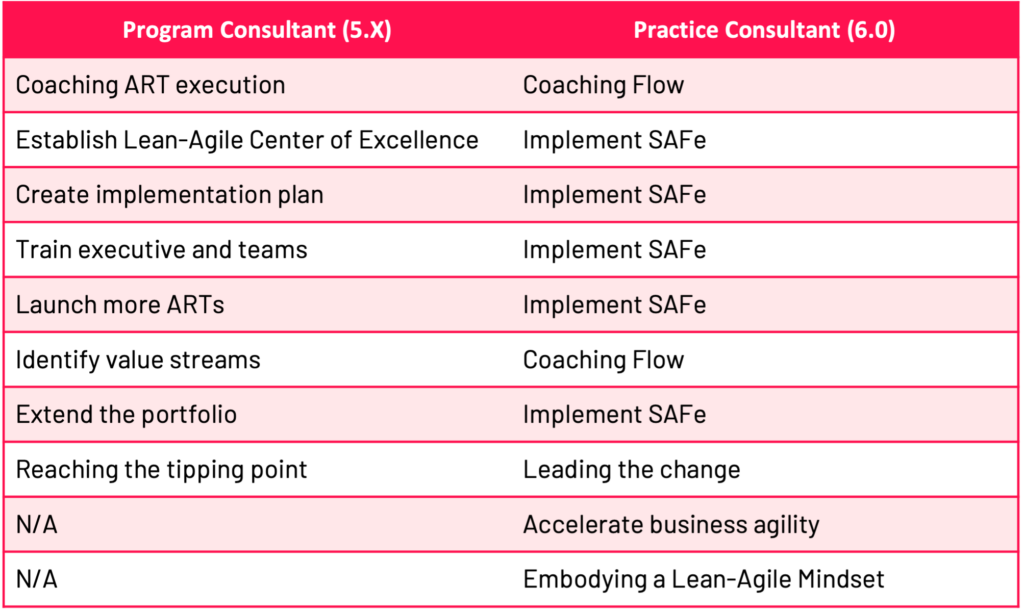If you have been working on projects for any amount of time, you will probably have come across a variety of metrics that are required by your organization or chosen on your own to help you track those projects. If you are like me, you have led projects and are familiar with metrics such as CPI or SPI, and may have also dabbled with other metrics, such as velocity or throughput.
As more organizations try to stay on top of the latest trends for tracking project health, there seems to be a rise in the complexity of the various ways we try to measure organizational or team health, and they seem to get more confusing as well. I wrote this article to dispel some of this confusion so that project workers can decide what makes the most sense in their specific situations.
What are the differences between KPIs, OKRs, and Agile metrics?
Before we can compare the metrics, let’s first clarify the definition for each.
- OKR – Objectives and Key Results
- KPI – Key Performance Indicators
Summary of key metrics
| Attributes | OKR | KPI | Agile Metrics |
| Sample Use Case | Define a high-level objective for the team, project, and/or organization | Assess performance of a project or organization | Assess performance of a specific team (or a team of teams) |
| Examples | Increase the utilization of office workspace by 50% by Q3 | How many employees use their office workspace every day?
|
How much work did the team complete on average over the past 6 sprints? |
| Scope of Application | Team or Org level | Org/Business-level objectives | Team or Org level |
| Key Benefits | Provides target to work towards | Provides validation/comparison against previous forecasts | May be used to forecast future performance |
| Focus | Future | Past | Past or Future |
| Periodicity | Quarterly or Annually | Annually | Variable |
Which metrics do you need to track?
One of the most challenging aspects of metrics is that it is easy to lose sight of the reasons why your organization is spending money to track this data. There are many reasons for this, and one of the most common behaviors is related to the reward system being used to measure performance at either the team or individual levels. We have all seen situations where metrics are used to give out monetary incentives, which often leads to unintended behaviors and consequences.
One of the key things I try to remind teams I coach is to measure what matters, because what you measure ultimately influences how people behave. Even if there are no direct financial rewards tied to the measures, people are motivated by achievement and want to feel good about what they do.
So how do we choose the right metrics to inspire our teams to perform at their highest level, yet not compromise their values or ethics? Here are a few ideas to consider:
- Measure what they do day-to-day
- Ask the team to define what they think “good” looks like
- Inspire the team to focus on continuous improvement
Connecting the dots between different layers of metrics
Even if your team has deployed a sophisticated system for tracking metrics, your work may not be done yet.
We know that there are multiple levels of metrics within an organization, and team level is only one of those layers. One of the worst things we can do as leaders is to deploy metrics that have no direct relationship to the work that the team is doing. For example, it would not make sense to set a goal for a team of software developers to increase sales by 25%. That said, if you can somehow make a connection between the quality or productivity of their work and sales figures, then you can influence this team to perform differently.
If your organization desires to become the largest provider of a specific service or product, you must define how the individual contributors and teams will make an impact through their daily activities. An example of this might be the defect rate. If a team can improve the organization’s ability to gain more market share or increase revenue by increasing the product quality (i.e. reducing defect rate), this would provide a direct correlation from the team to the end objective.
One method of achieving this is to tie the team metrics to KPIs at the project level. Then, you can align your KPIs to the OKRs at the highest strategic level of your organization. This will probably take a bit of work to implement, especially if your organization is not accustomed to this approach.
How to tell if these metrics are providing benefits?
In terms of the impact that is being made by the use of metrics, typically trending is a good technique to help evaluate the direction of the team’s performance.
For example, if the defect rate is increasing over a period of several months, that’s clearly not a positive state. However, if this trend is flat, that may signal either a positive (i.e. high predictability and consistency) or a negative (lack of improvement). Trends in your data will tell a story, but you must set the foundation to make sense of this story, determining as early as possible what “good” looks like.
With all the advancements in software tools and the ability to collect massive amounts of data, it is increasingly important to take time to make sense of the data. This will require analytics and potentially the aid of artificial intelligence to determine the meaning behind the data. If you have a good idea what “good” looks like, you can compare the real data to your desired outcomes and assess how things are going.
For more guidance on how to best measure the efficacy of your Agile practice, dive deeper with the article, Agile Metrics – How Do They Boost Team Performance?














 Next, we see a change regarding the frequency of the daily team meeting, formerly known as the Daily Stand-up. Instead of mandating a daily occurrence, 6.0 provides a more general recommendation of “about daily”, which means the teams may choose to NOT meet daily. While this may provide more freedom for teams to decide how often they wish to revisit their plan towards sprint/iteration goals, I am concerned that some teams will use this wording to justify a weekly meeting, which would follow a more traditional status meeting mentality. I believe teams should remain vigilant and have the discipline to meet daily until they have reached a state of maturity and understanding of how to collaborate effectively within the Agile/SAFe paradigm.
Next, we see a change regarding the frequency of the daily team meeting, formerly known as the Daily Stand-up. Instead of mandating a daily occurrence, 6.0 provides a more general recommendation of “about daily”, which means the teams may choose to NOT meet daily. While this may provide more freedom for teams to decide how often they wish to revisit their plan towards sprint/iteration goals, I am concerned that some teams will use this wording to justify a weekly meeting, which would follow a more traditional status meeting mentality. I believe teams should remain vigilant and have the discipline to meet daily until they have reached a state of maturity and understanding of how to collaborate effectively within the Agile/SAFe paradigm.
 If you are still reading, chances are you’re an SPC yourself, or you already have SPCs within your organization who are doing great work. Also, there’s a high probability that your SPCs are trying to understand how this change will affect them.
If you are still reading, chances are you’re an SPC yourself, or you already have SPCs within your organization who are doing great work. Also, there’s a high probability that your SPCs are trying to understand how this change will affect them. When does a relatively obscure coding language become important to the C-suite of an international, multi-billion dollar enterprise?
When does a relatively obscure coding language become important to the C-suite of an international, multi-billion dollar enterprise? Within the
Within the  One common aftermath of comparing team productivity using the Story Point measure alone is that someone in a leadership role will often mandate an increase in team productivity by directing or requiring a percent increase in output; for example, “Team A must complete 10% more points each sprint.” This will often cause unintended behavior such as teams artificially inflating their estimates just to achieve the directed goal; a PBI that used to be five points is now eight points, etc. This type of behavior puts the focus on meaningless increases in the Velocity metric, eliminating its value.
One common aftermath of comparing team productivity using the Story Point measure alone is that someone in a leadership role will often mandate an increase in team productivity by directing or requiring a percent increase in output; for example, “Team A must complete 10% more points each sprint.” This will often cause unintended behavior such as teams artificially inflating their estimates just to achieve the directed goal; a PBI that used to be five points is now eight points, etc. This type of behavior puts the focus on meaningless increases in the Velocity metric, eliminating its value.